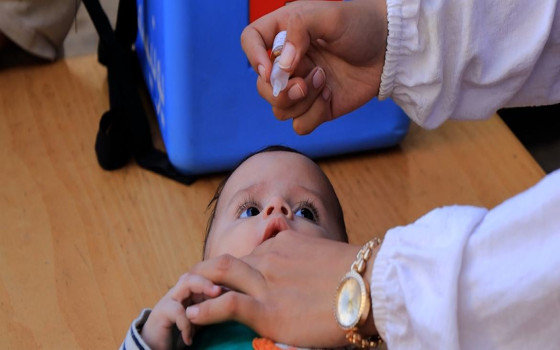
Gaza: A new vaccination campaign to confront the threat of polio targeting more than half a million children.. and another campaign next April

- Europe and Arabs
- Thursday , 20 February 2025 9:34 AM GMT
Gaza: Europe and the Arabs
UNICEF and the World Health Organization announced that the emergency response to the polio outbreak in the Gaza Strip is ongoing, as a mass vaccination campaign is scheduled to take place between 22 and 26 February 2025. More than 591,000 children under the age of ten will receive the new oral polio vaccine type 2 (nOPV2) to protect them from polio. According to the UN news bulletin we received a copy of this morning, Thursday,
This campaign comes after the recent detection of poliovirus in sewage samples in Gaza, indicating its continued spread in the environment, putting children at risk.
Individuals with low or no immunity provide the virus with the opportunity to continue spreading and potentially causing disease. The current environment in Gaza - including overcrowding in shelters and severely damaged water, sanitation and hygiene infrastructure - creates ideal conditions for the further spread of poliovirus. The intense movement of people following the current ceasefire is likely to exacerbate the spread of poliovirus infection. Two previous rounds of vaccination were successfully conducted in the Gaza Strip in September and October 2024, reaching more than 95% of the target.
Given the presence of poliovirus in the environment, additional vaccination efforts are needed to reach every child and boost population immunity, as the virus remains a risk to children with low or no immunity, in Gaza and across the region.
Ceasefire provides better access
In 2024, health workers faced significant challenges in reaching certain areas in central, northern and southern Gaza, requiring special coordination to enter during conflict.
Some 7,000 children missed their vaccination opportunity during the second round in hard-to-reach areas such as Jabalia, Beit Lahia and Beit Hanoun, where humanitarian pauses for vaccination were not guaranteed. The latest ceasefire means that health workers now have much better access.
WHO, UNICEF and partners welcomed the latest ceasefire and urged a lasting ceasefire that would lead to long-term peace.
No new cases reported
According to UNICEF and WHO, no additional cases of polio have been reported since a 10-month-old child was paralyzed in August 2024. However, new environmental samples collected from Deir al-Balah and Khan Younis in December 2024 and January 2025 confirm transmission of poliovirus. The newly discovered strain is genetically related to the poliovirus detected in the Gaza Strip in July 2024.
Additional round in April
The upcoming vaccination campaign aims to reach all children under the age of 10, including those previously unreached, to close immunity gaps and end the outbreak. The use of oral polio vaccine will help end this outbreak by preventing the spread of the virus. An additional round of polio vaccination is scheduled for April.
The campaign will be led by the Palestinian Ministry of Health and implemented with support from WHO, UNICEF, UNRWA and other partners.
The two organizations stressed that polio vaccines are safe and there is no maximum number of times a child should be vaccinated. Each dose provides the additional protection needed during an active polio outbreak.
Increased water production and distribution
Meanwhile, the UN Office for the Coordination of Humanitarian Affairs said that partners supporting water, sanitation and hygiene services are working to increase the production and distribution of water for drinking and household purposes to improve lives and conditions in the Strip and reduce public health risks.
It added that there are now more than 1,780 functioning water points across Gaza. More than 85 per cent of these are used to support water trucking activities by UN partners.
The office reported that partners are also training and deploying mobile teams and volunteers to aid distribution points to ensure that vulnerable groups – including people with disabilities – have safe and dignified access to humanitarian assistance.
More than 100 such teams are working in nearly 70 aid distribution points across Gaza.
Situation in the West Bank
In the West Bank, OCHA said that Israeli forces’ operations in the northern areas continue, causing further destruction and displacement among the Palestinian population.
It noted that, for example, in Tulkarm refugee camp, humanitarian partners reported that Israeli forces had demolished at least five homes, with many more slated for demolition.
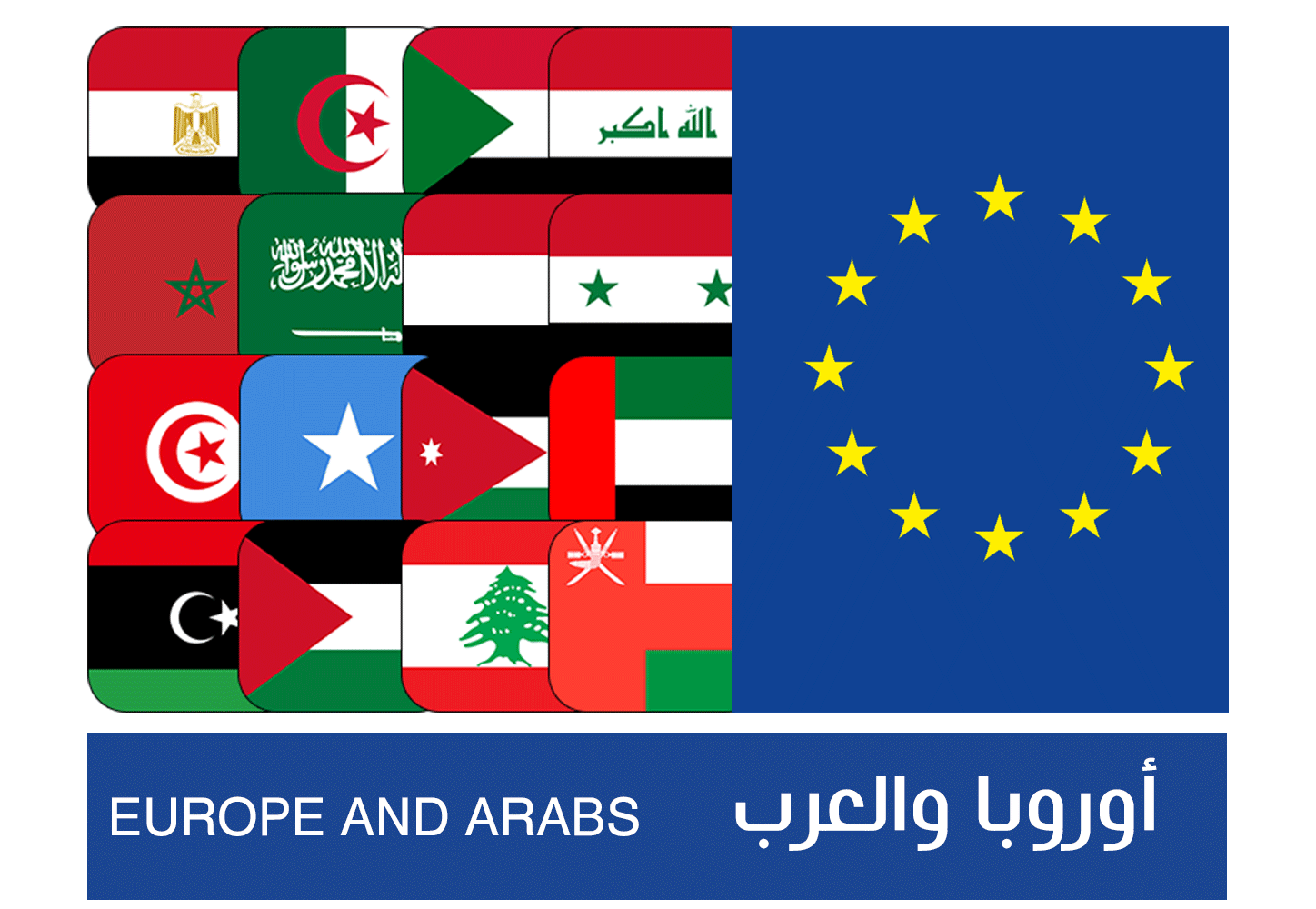

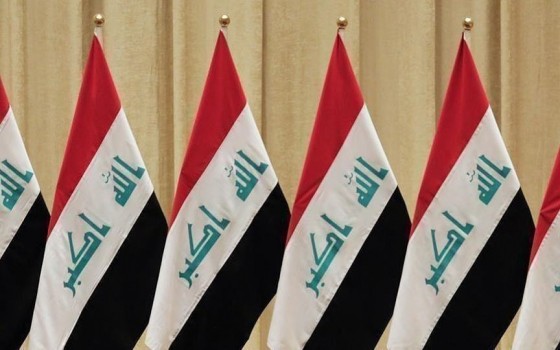
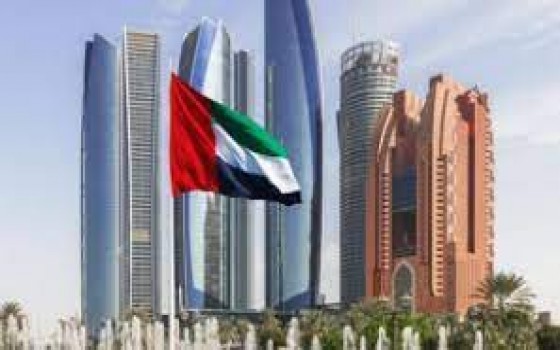

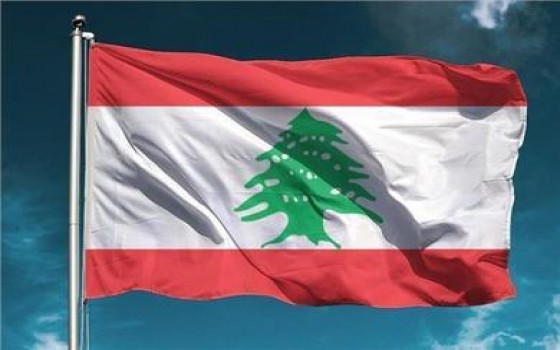




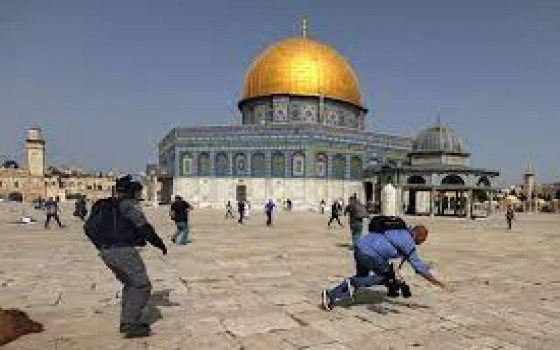
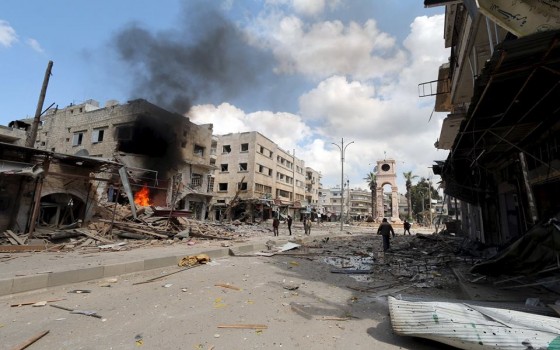
No Comments Found